Beauty of the Night Sky: Why We Should Be Talking About the Importance of Protecting Our Night Skies
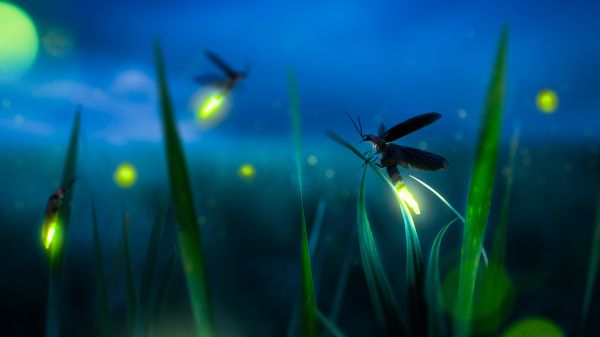
This blog post was written by Jesze Doleh, moderator for the Young and Emerging Professionals eePRO Group.
Growing up in a city, stargazing was not a prevalent hobby for myself or anybody I knew. It was not until I started traveling to more remote locations, that I truly saw how stunning a dark night sky can be.
Why Are Our Night Skies in Danger?
According to the World Atlas of Artificial Sky Brightness, 80% of the people in the world live under sky glow. In the United States, 99% of people cannot experience a natural night.
Our night skies have been and continue to disappear due to light pollution or the addition of Artificial Light at Night (ALAN). According to DarkSky International, “Light pollution is the human-made alteration of outdoor light levels from those occurring naturally.” As the world population continues to grow, more developments are built with additional lights leading to an increase in light pollution.
Are you interested in seeing what light pollution is like in your area? Check out CIRES interactive map to find out how much sky glow is in your area.
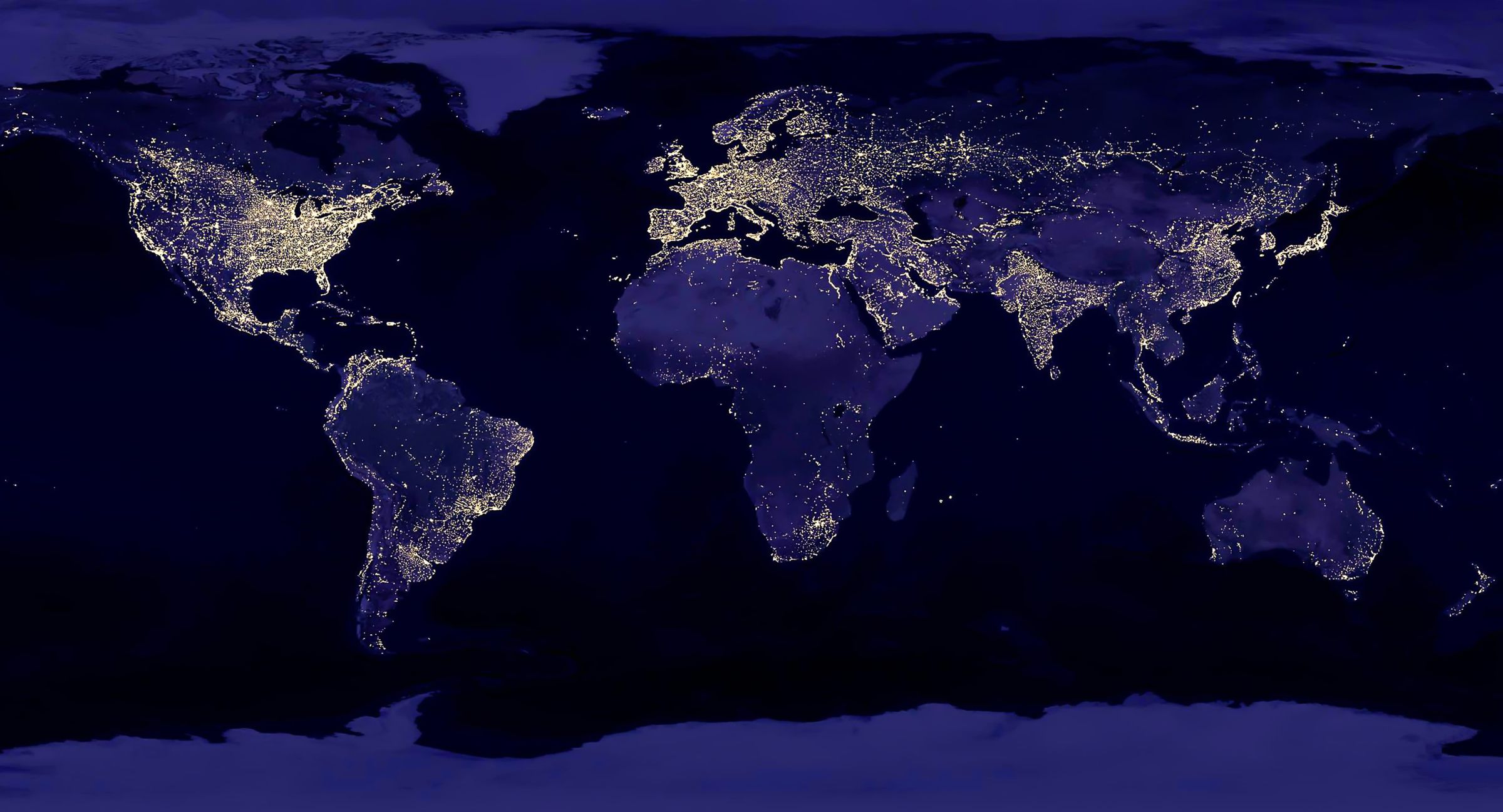
How Do Bright Nights Impact Wildlife?
Unnaturally bright nights can impact the circadian rhythm, migration, sleep, mating, and other functions of all living things.
Below are some examples of the many animals impacted by ALAN and information about how you can teach others about how this impacts their lives.

Fireflies
Fireflies communicate through bioluminescence, or the light they emit. Their light is mostly used to attract mates but is also a form of communication for other purposes, such as warning about predation. With the addition of artificial light into their landscapes, their mating ritual is disrupted putting the species at risk.
Try this with your students or other learners:
One way to demonstrate this is to use twinkling fairy lights. In the dark, people can view the twinkling. Add in a light source, such as a lamp and discuss how seeing the twinkling lights changes.
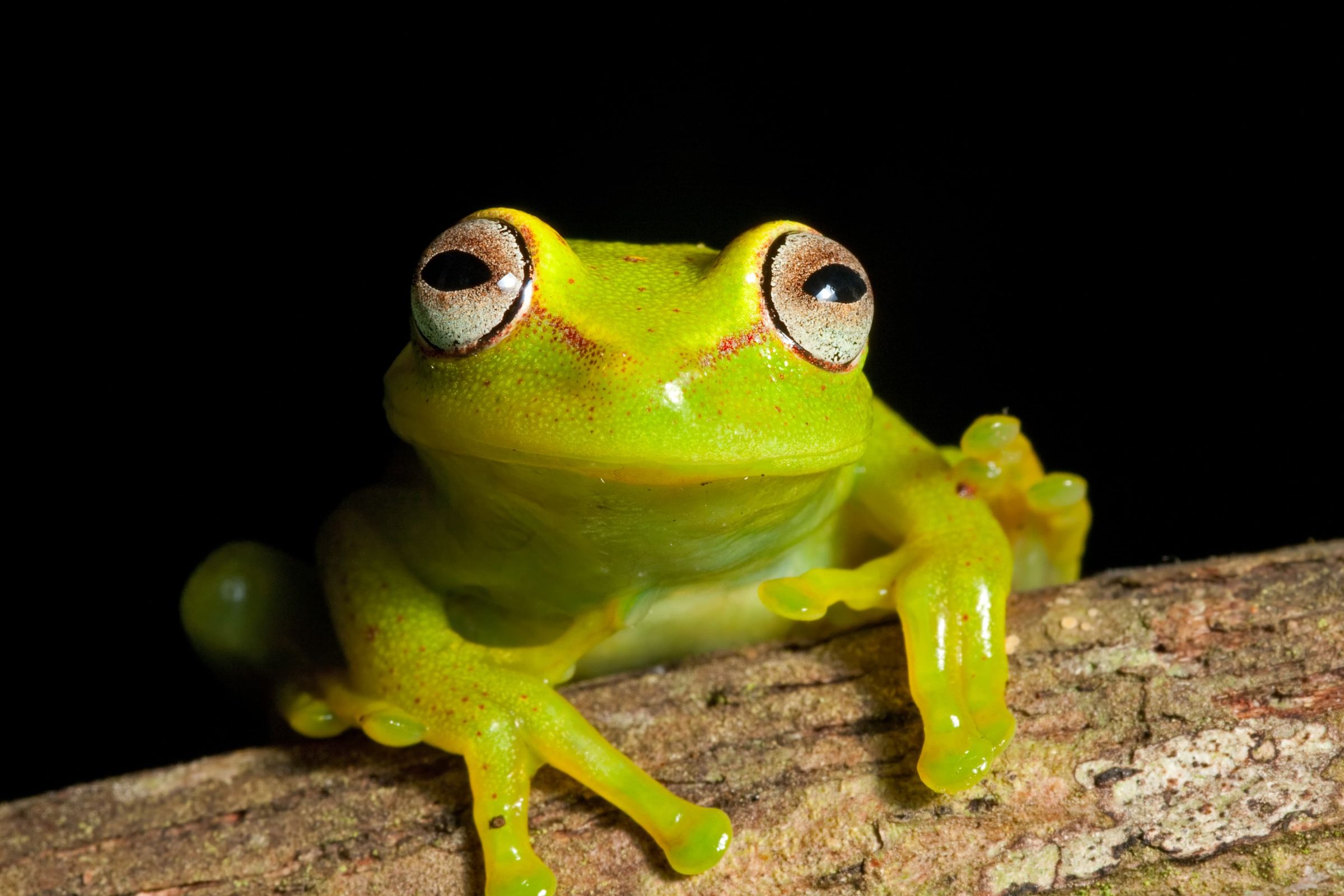
Tree Frogs
Tree frog populations are at risk, as these mostly nocturnal animals are exposed to light pollution. Males sing their mating call in the dark. Scientists have discovered that in the presence of light at night, they stop or lessen their calls. Without the calls, the frogs are not reproducing.
Try this with your students or other learners:
To demonstrate this, play sound only when the lights are off and enjoy the beauty of it. Add in an additional light source and notice how the sound lessens or disappears entirely. Discuss how this changes the landscape. Consider asking:
- How does the change in sound affect the way you perceive the environment?
- What other sounds may be in the landscape? Do you think any indicate a healthy ecosystem? Why or why not?
- As populations grow, how would the addition of noise pollution potentially impact the tree frogs?
- What long term impacts could come from this change?

Sea Turtles
When sea turtle hatchlings hatch on the beach, they have to find their way to the ocean. They use the light of the moon to direct them. With the addition of artificial light, hatchlings are led in different directions which makes them more likely to get disoriented, dehydrated, and predated on.
Try this with your students or other learners:
People can experience what this would be like through a simulation where everybody spreads out in an open space and closes their eyes. Turning off all the lights, instruct participants to follow the light when told to do so. Simulate both scenarios: one being multiple lights (representing the presence of multiple light sources) and another time just one light (the moon). Discuss how this changes where they end up going.
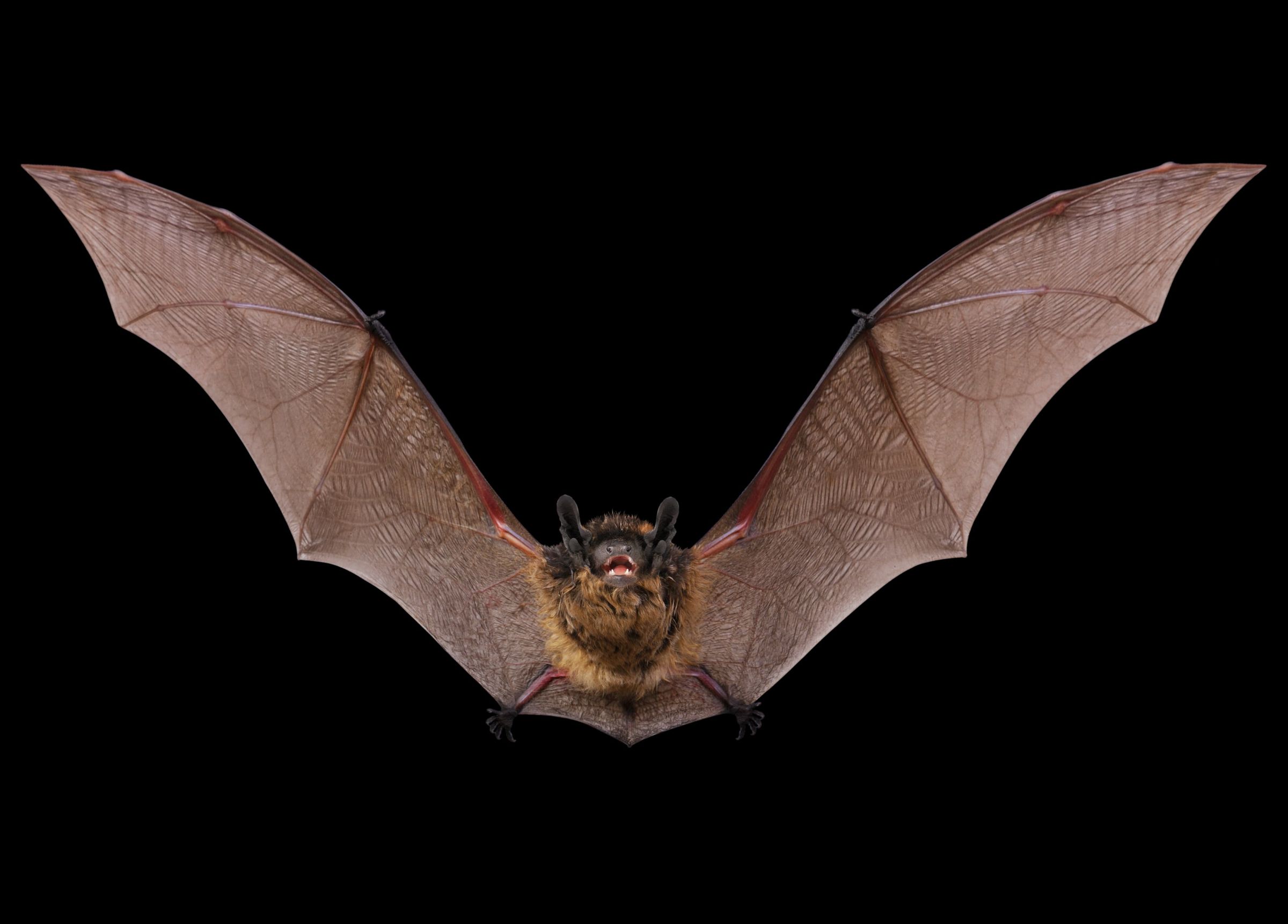
Bats
Nocturnal animals, like bats, rely heavily on the darkness of night. Artificial light delays bat emergence and therefore feeding. Lights can also increase bats’ exposure to predators or cause them to have to move roosts if a new light is added in a previously dark place. These risks threaten bats and their habitats.
Try this with your students or other learners:
To demonstrate the increased risk of predation, a camouflage exercise can be done. Using a photograph of a well camouflaged bat or a backdrop with a bat silhouette that exhibits their camouflage abilities. Add in a light and observe how that impacts seeing the bat.
What Can You Do to Help?
You can make a difference and help combat light pollution!
- Turn off lights anytime you are not using them. It reduces light pollution and saves money and energy.
- Close curtains or blinds at night. This prevents glow from inside your house reaching outside.
- Follow the Five Principles for Responsible Outdoor Lighting. Use lights that are useful, targeted, low level, controlled, and warm-colored.
- Educate others! Conversations about light pollution and how we can lessen it can lead to positive changes.
Light pollution is the only pollution that when turned off is completely gone. There is nothing left behind to clean or mitigate afterwards.
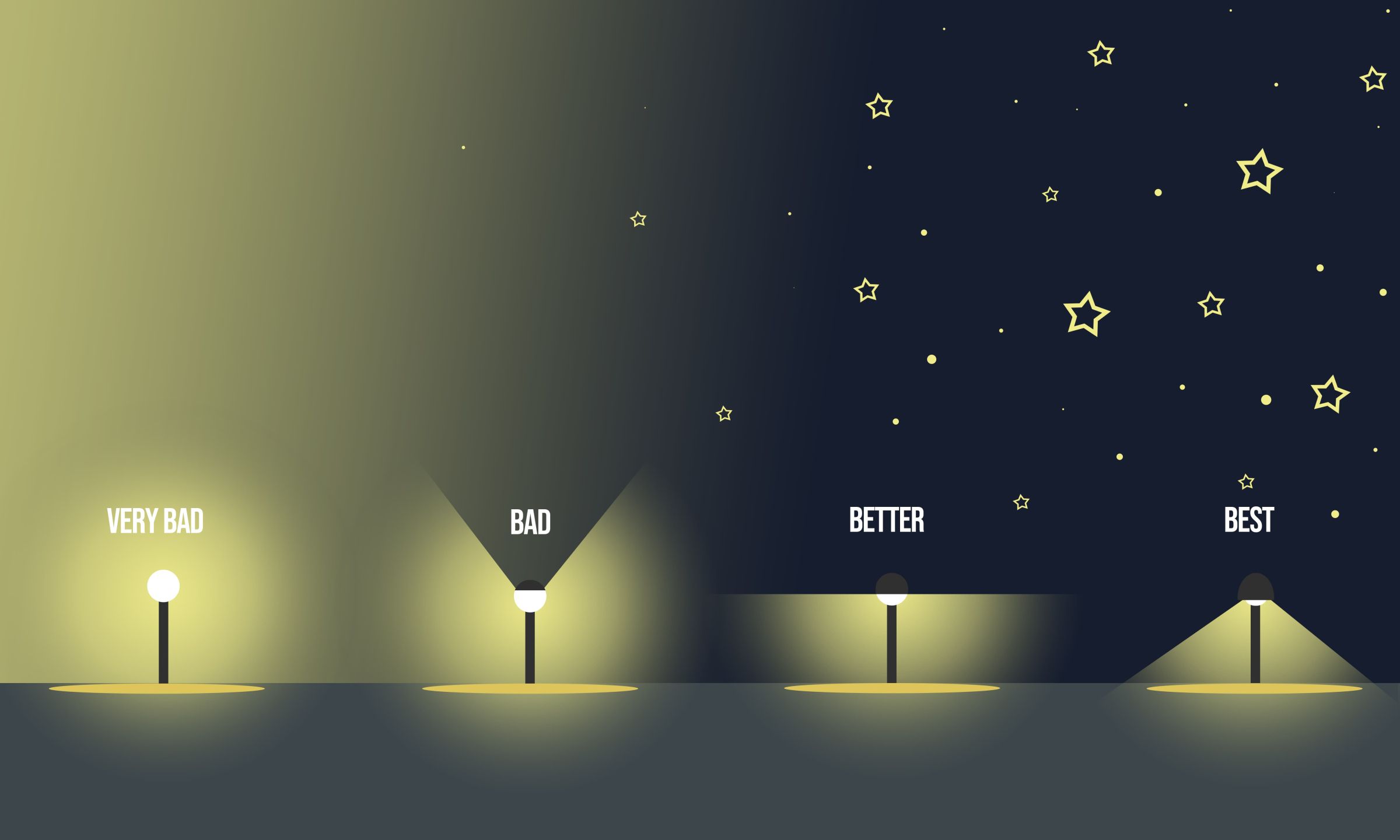
International Dark Sky Week
Want to use this information to start a conversation with others? Join people all over the world for International Dark Sky Week. International Dark Sky Week celebrates the night sky all around the world. From April 21st–28th, 2025 people all around the world will be promoting, celebrating, and working to protect the night sky.


Comments
I loved every part of it! Great piece.